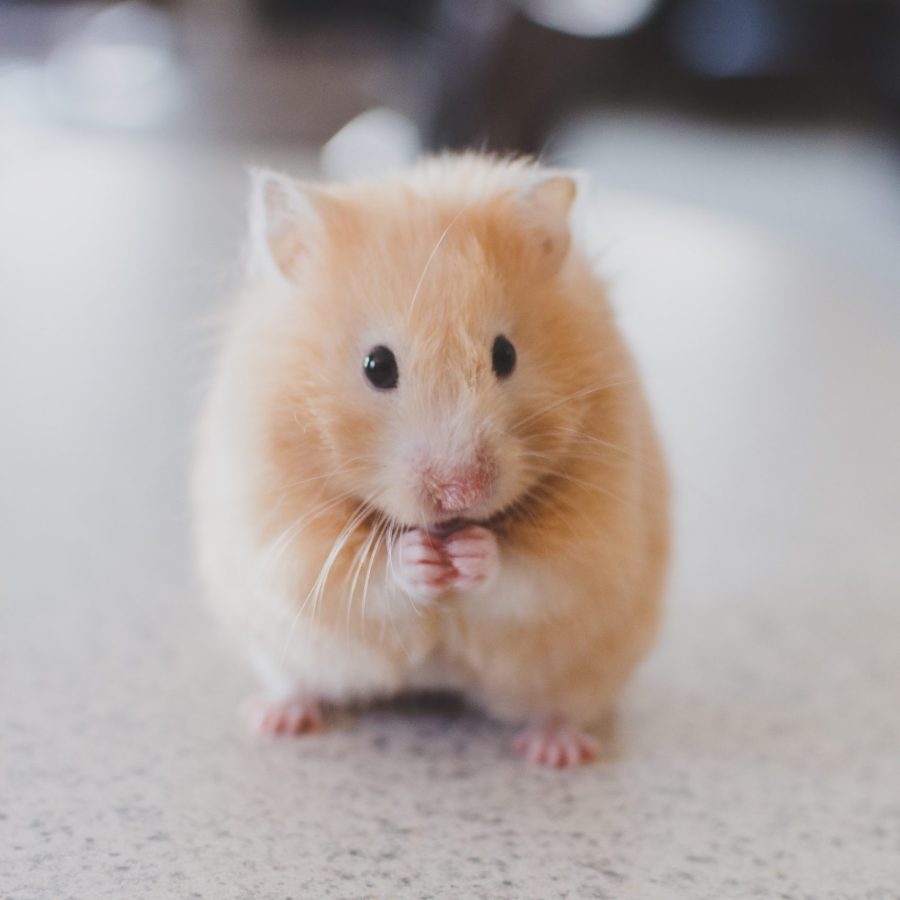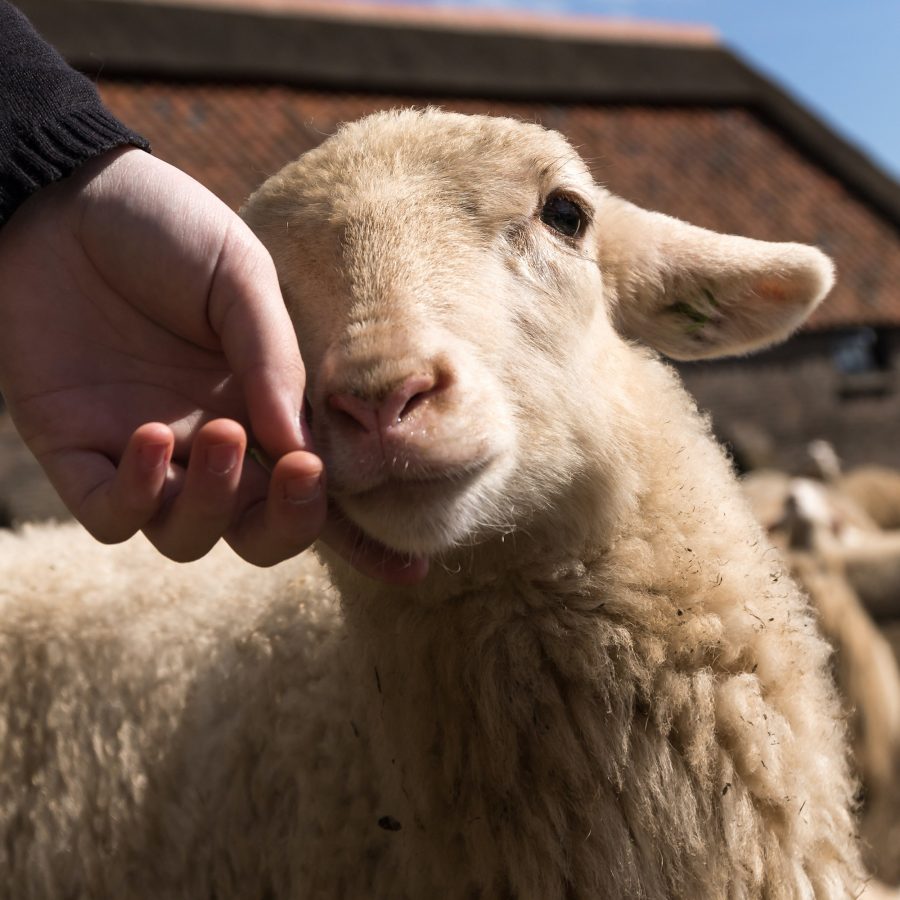Cosmetics, beauty and household products.
Dogs, cats, rabbits and many other animals still suffer pointless and painful procedures in the name of product testing. Some will undergo irritancy tests that cause severe chemical burns to their sensitive skin; others will be forced to ingest harmful chemicals that can lead to fatal poisoning.
These tests aim to measure the toxicity of the chemicals that make up cosmetics, cleaning products, drugs, pesticides, foods and even packing materials. To study the ‘effects’, animals are often left to languish for days without pain relief. This not only causes great suffering but reveals nothing about toxicity to humans.
Toxicity tests are not only cruel, they are completely unnecessary. The majority of ingredients commonly used in household cleaners or cosmetics have been safety tested years ago. And the differences in animal physiology means that even brand new ingredients can’t be accurately tested for human safety on anything other than humans.
Laws and regulations about product testing on animals vary in every country. And even if a ban on the practice is in place, it often doesn’t stop existing products and ingredients that have been tested on animals from being marketed and sold in the country.
Products that haven’t involved any animal testing will generally have a certification symbol on the label. Choose Cruelty Free has a comprehensive list of brands that don’t allow any animal testing. Or you can search for specific products here.









